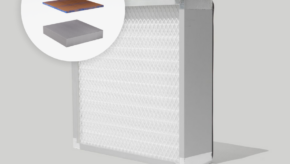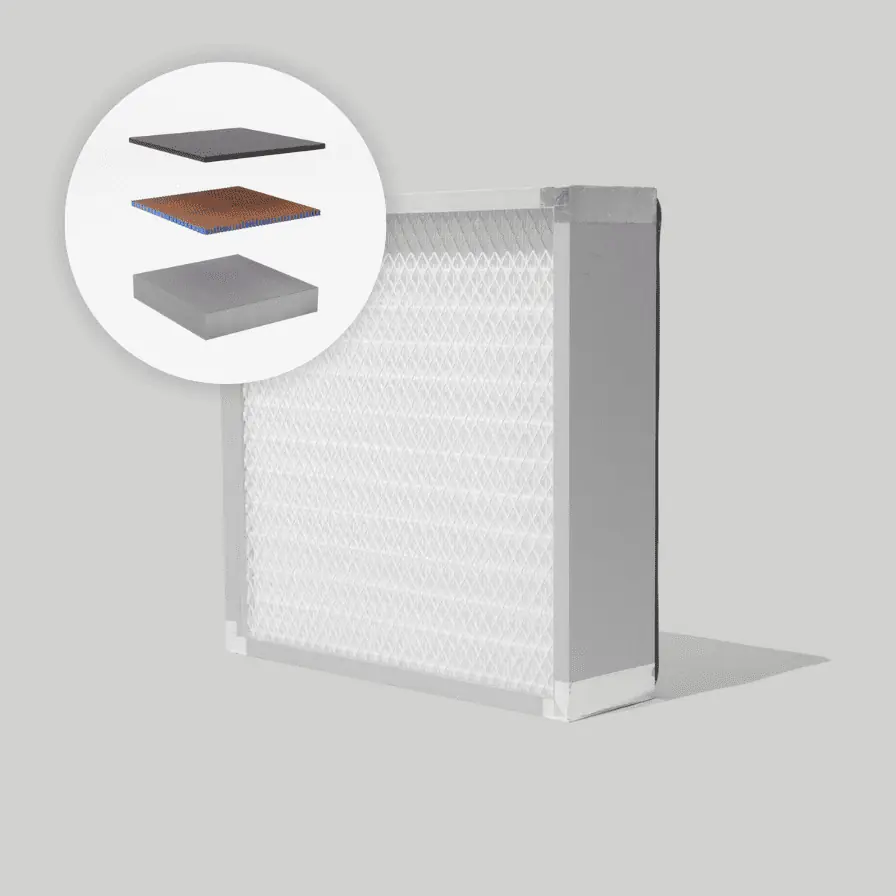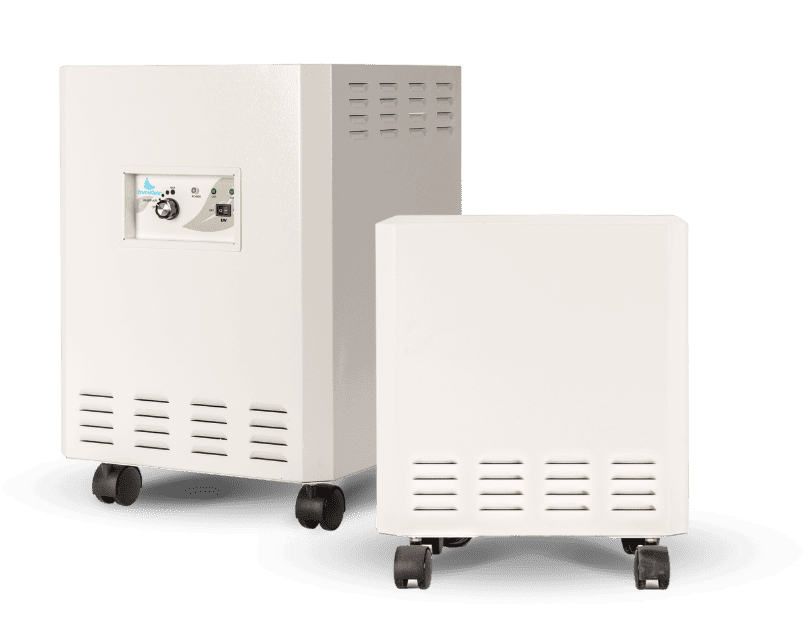Smoke billows in the air as the sounds of ‘huffs’ and ‘puffs’ fill your ears. More and more people are partaking in different forms of smoking including tobacco smoking, marijuana smoking, and even nicotine smoking in the form of vaping. Vaping has become a common occurrence in almost all areas like the grocery store, park, and even in some work places due to its popularity among smokers. The vaping market has skyrocketed in response to teens and young adults that have turned to this smoking method as a ‘safer’ form of smoking than traditional cigarette smoking, however, this may not be exactly the truth.
Did you know that more than 16 million Americans suffer from smoking-related disease? This number has grown radically over the years, and in response to this increase there have been new innovative smoking methods that have been presented that have claimed to be a less hazardous form of smoking in comparison to cigarette smoking. This new innovate smoking method called vaping is through the use of electronic smoking devices (EDS) that heat and vaporize a solution that contains nicotine. The vaping method has been deemed safer than cigarette smoke but is this really the truth and how does vaping smoke impact human health?
In this article we are going to discuss the dangers behind second hand vaping and what are the effects of vape smoke on human health.
What are the Vapor Fumes Produced from Vaping?
Electronic cigarettes, also known as vaping, has been available in the United States for the past decade and has become a very popular method of smoking throughout this period of time. These electronic cigarettes were believed to emit a ‘harmless water vapor’ into the air through vapor smoke, however, the truth behind these plumes of smoke emitted from vapes is a blend of chemicals, nicotine, and particles that in certain levels can produce potential health hazards to humans exposed to the smoke.
Although there has been limited studies conducted on the chemicals that are present and found within the vapor fumes produced from vaping, a scientific study has identified hundreds of different chemicals in the vapor of electronic cigarette smoke. The identified chemicals that are found in the vapor fumes of vaping smoke includes acetaldehyde, acetone, acrolein, benzene, cadmium, chromium, formaldehyde, isoprene, nickel, nicotine, phenol, toluene, and more chemicals that are harmful to human health.
Along with chemicals found in vapor fumes of e-cigarettes, there are also ultra-fine particulate matter that is released in this smoke as well that can be dangerous when inhaled into the human body. It has been shown that e-cigarettes have elevated levels of ultra-fine particles found in the smoke, these fine particulate matters can easily enter into the human body through the air that is breathed into the lungs and enters into the deepest recesses of the respiratory system.
Do You Inhale Vape Smoke
The act of vaping includes the inhalation of a smoke-looking vapor that comes from an electronic cigarette or vaping device. A vaping device is a technological solution for nicotine and tobacco smoking for those who are dependent on nicotine. When you vape for the first time, the method in which you inhale the vape can make or break your overall vaping experience and can lead to potential health issues if improper inhalation of the smoke occurs.
There are two different forms of inhalation when it comes to vaping and this includes mouth-to-lung and direct lung inhalation. Mouth-to-lung is when you take a drag of the vape, similar to sucking through a straw, and releasing once the vapor hits your lungs. Conversely, the direct lung form of inhalation is when you quickly breathe in vapor directly to your lungs and quickly exhale the vapor out almost immediately. However, no matter the form of inhalation for the vapor smoke there will undoubtedly be some risk to the health of the human who is breathing in this vapor smoke.
Vaping vs Smoking Lungs
Electronic cigarettes, similar to traditional cigarettes, puts nicotine into the lungs and bloodstream. There are many very comparable similarities between the two forms of smoking, along with some strong distinguishing differences that separate vaping from cigarette smoking. Unlike cigarettes that work by one use and is triggered by flame ignition, e-cigarettes run on batteries and heat up the nicotine, flavorings, and other chemicals found in the vape.
The two differing smoking methods can have adverse effects on the human lungs. Cigarettes can cause lung disease by damaging the airways and causing issues within the small air sacs that are found in the lungs. Similar, e-cigarettes or vapes have also been identified by the American Lung Association to have irreversible damage to the lungs and can increase the likelihood of lung disease.
Is Vape Smoke Harmful?
As we discussed earlier, there are many concerning health effects that can form from vape smoke due to the composition of the smoke. Vape smoke contains a variety of harmful chemicals that have the potential to wreak havoc on human health and lead to various health effects fairly rapidly. Depending on the specific brand of vape, there will be a mix of different chemicals that are found in the vape and a popular chemical used in many e-cigarettes includes formaldehyde – a cancer causing chemical.
Also, there are many different flavors available for e-cigarettes that are composed using a chemical called diacetyl. This chemical, however, is a very dangerous chemical when inhaled into the human body, especially through smoke inhalation. Diacetyl is a well-known chemical that is identified as a chemical that causes lung disease and other lung issues in the body.
Second Hand Vapor Smoke Effects
Second hand vapor is any type of smoke that is inhaled into the air space as a vapor that can affect others in the surrounding area of the vapor. This type of vapor lingers in the air for a long period of time, long enough that anyone in the vicinity is likely to inhale this smoke, exposing themselves to the potential hazards in the smoke vapor. However, when we are talking about e-cigarette vapor, those who are exposed through second hand exposure are not inhaling smoke because it isn’t a smoke, its a vapor.
Smoke is produced from a combustion of fire that has burned substances like wood, leaves, building, and tobacco. This is not the case for vaping, as it produces a cloud of vapor through the heating of e-liquids with an atomizer that is placed in a small metal coil in the vaping device. This vapor produced from the e-cigarette does not contain any carbon monoxide or tar, however, there are dangerous chemicals and metals found in vapor, but in small amounts. Therefore, the overall effects of second hand vapor smoke on human health is significantly less than that of cigarette smoke, but the health risks are not completely eradicated in vapor smoke.
Can You Be Allergic to Vapor Smoke?
When it comes to any type of smoke or vapor emission in the air it can trigger allergy and/or asthma symptoms in those who suffer from these conditions. Due to the composition of the vapor – chemicals, ultra-fine particulate matter, and odors – the vapor can act as an allergen in the air that will spark a bout of potential allergy symptoms. This allergic reaction can be sparked either through inhalation of the vapor through the use of the e-cigarette or even through second hand vapor smoke exposure.
Symptoms of Second Hand Smoke Allergy
Similar to any type of allergy that someone experiences, the symptoms of an allergy will be triggered in response to this interaction with allergens in the environment. This will include an allergy to second hand smoke that is treated as an allergen in the air and that can spark an allergic reaction in those who suffer from allergies.
The symptoms that one may experience when dealing with a second hand smoke allergy can include the following:
- Burning or watery eyes
- Nasal congestion
- Coughing
- Hoarseness
- Shortness of breath
- Wheezing
- Hay fever symptoms
- And sinus infection
Vaping Indoors: How to Remove the Vapors from the Air
Have you ever stopped to consider the potential effects on indoor air quality from vapors released from vaping devices? We often see people freely smoking throughout indoor environments with their vapes without much thought, but the reality is that the effects of vaping smoke has on air quality is not something to take lightly. In a study conducted by the Journal of Exposure Science & Environmental Epidemiology, found that the particles in the air at a vaping convention in Maryland were in large quantities that significantly tainted the indoor air quality.
The immediate solution to this issue is to completely eliminate the use of vapes indoors in your home or other personal indoor environments, however, you will still be left with residual contaminants that are stuck floating in your air, held captive in the environment. The easiest, most effective way to rid your indoor air of the contaminants left behind from vape smoke is to use an air purifier like the EnviroKlenz Air Purifier.
EnviroKlenz is unlike any other air purifier technology on the market, with the use of a patented earth mineral technology the EnviroKlenz Air Purifier is able to break down and/or neutralize chemical contaminants, noxious odors, and particulate matter that come into contact with the technology in the air purification device. The technology is completely safe and does not release any byproducts back into your air – with no chemicals or masking agents used in the technology. The EnviroKlenz Air Purifier works by a two-stage filtration process, the first the EnviroKlenz patented earth mineral filter cartridge for noxious odor and chemical contamination elimination, and the second a hospital-grade HEPA filter for particulate removal larger than 0.3 microns in size with an efficiency of 99.97% in particulate removal.
In the study below, you will see how effective the EnviroKlenz technology is at removal of formaldehyde from the indoor air space in an enclosed environment.
In this study against formaldehyde, the IQAir® was able to reduce the compound the fastest from the chamber due to having a much higher loading of media. The Molekule® did not have much impact on the formaldehyde in this study. The BlueAir® HEPA media and bare carbon filter did show some physical absorption of formaldehyde, but physical absorption is very prone to releasing whatever it may have absorbed over time since there is no chemical interaction. The EnviroKlenz® Air System does actively react with the formaldehyde through adsorption and polymerization on the oxide surface of the EnviroKlenz® media.
EnviroKlenz® Medical Disclaimer:
“Any information that is provided on this website is not for the use by any commercial or personal entity without expressed written consent of the blog author. The material and statements illustrated within this blog are not intended to diagnose, treat, cure, or prevent any diseases or medical conditions. Nor does the author in any way guarantee or validate the validity, totality, or efficacy of any claims and will therefore not be held responsible for the content of any claims. Always consult your medical physician for any specific medical advice or recommendations.”









